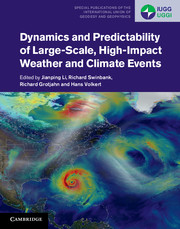Current star-forming galaxies (SFGs) with CO measurements at z ~ 2 suffer from a bias toward high star formation rates (SFR) and high stellar masses (M *). It is yet essential to extend the CO measurements to the more numerous z ~ 2 SFGs with L IR < L ⋆ = 4× 1011 L⊙ and M * < 2.5× 1010 M⊙. We have achieved CO, stars, and dust measurements in 8 such sub-L ⋆ SFGs with the help of gravitational lensing. Combined with CO-detected galaxies from the literature, we find that the L IR, L′CO(1−0) data are best-fitted with a single relation that favours a universal star formation. This picture emerges because of the enlarged star formation efficiency spread of the current z>1 SFGs sample. We show that this spread is mostly triggered by the combination of redshift, specific SFR, and M *. Finally, we find evidence for a non-universal dust-to-gas ratio (DGR) with a clear trend for a lower DGR mean in z>1 SFGs by a factor of 2 with respect to local galaxies and high-redshift sub-mm galaxies at fixed about solar metallicity.
